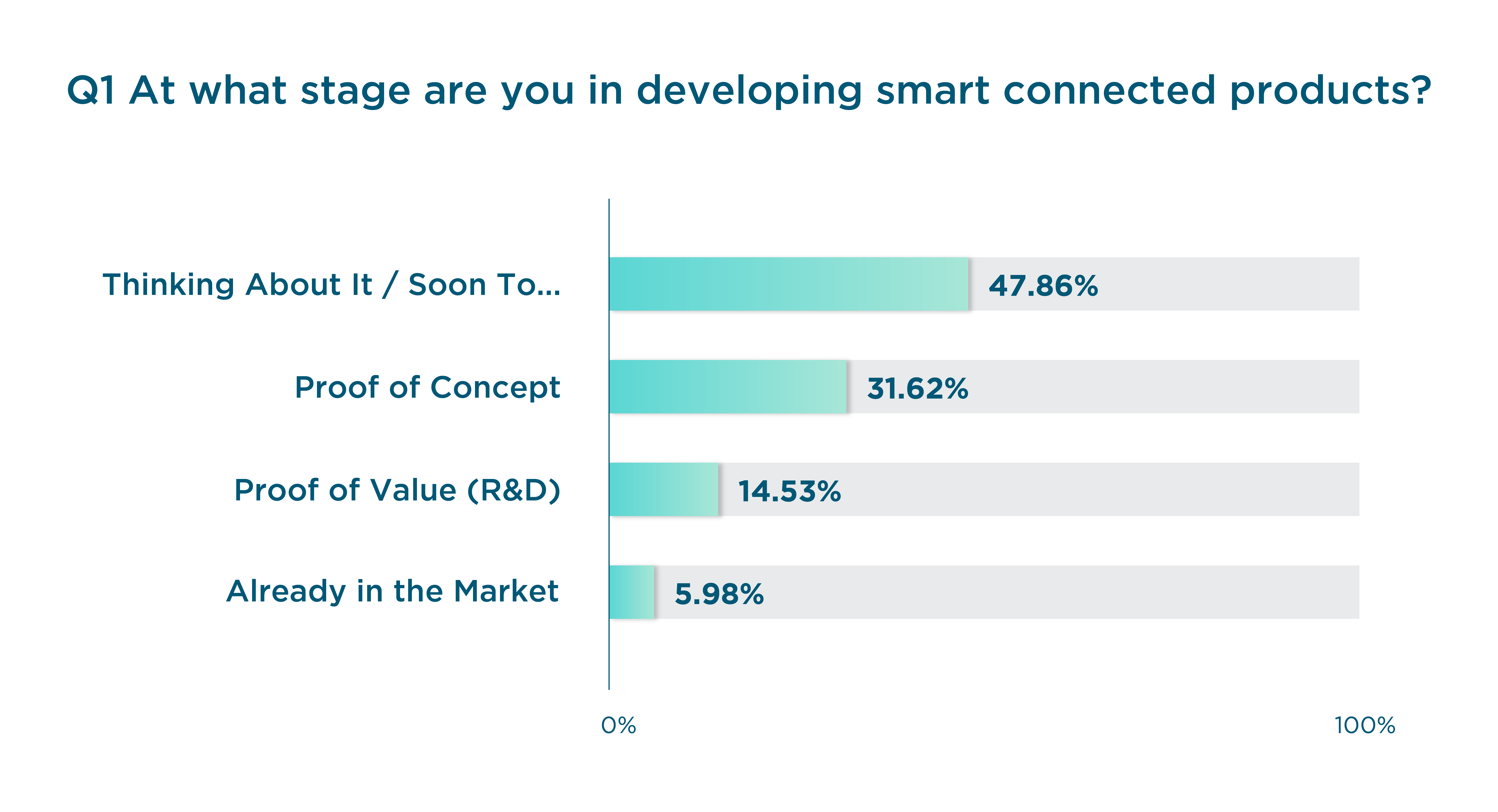SPD Series Feature 1: Smart Connected Products - Convergence
As people around the world have invested in and adopted smart products, the technology behind the products has gained more and more momentum. Manufacturers realize that if they want to start their connected product journey, the time is now. But they often wonder: Where to start? Many struggle with the idea of hardware versus software, and more specifically, they wonder which one they should invest in first. And to be fair, organizations must answer lots of questions: Who needs to lead these initiatives? Do connectivity requirements require a change in the hardware? Do we require continuous monitoring, event-based monitoring, or discontinuous monitoring? What are the benefits for manufacturers, and what are the gains for end users? What is the increase in cost and the commensurate value for the end users? How are end users defining success? What are manufacturers’ biggest technological challenges in their connected products journey?
We asked organizations in various industries around the globe to give us their thoughts about connected products, and their experience in cases where they’re already involved in developing smart connected products. In this four-article series built around their responses to the four key questions we asked them, we will explore the aspects that determine the path, and define the success of any smart product development journey. In this first one, we begin with the technology environment with a big influence – convergence.
One thing is clear – every participant who responded plans to adopt smart products if they haven’t started already. And this spans across industries. More than half of the respondents have either validated their concepts, or are conducting R&D hoping to validate concepts soon. And almost 6% have already entered the market with connected products. This shows the momentum smart products have generated, and we at Altair expect this momentum will continue gaining steam.

For some time during our conversations about smart connected products with some of the most progressive organizations around the world, one word has risen above the rest – convergence. These organizations realize that designing a connected product is more complicated than it seems. Some questions they might ask themselves: What hardware do we need? How the data will be transmitted? Where do we need to place the antenna? What data do we need to extract and process locally? What is the level of intelligence we need to build into the product? The list goes on depending on an organization’s needs.
The organizations who’ve started building smart products know that convergence is the answer to a lot of their concerns. Conventional product design has moved beyond CAD and CAE and now incorporates systems design, software development for IoT-ready applications, AI, and the underlying need for HPC infrastructure. These aspects come into play not just during product development stage, but during the product operation stage as well.

All these will converge to build world class products, and organizations will find value in partners like Altair whose expertise encompasses the entire range of technologies to meet our customers’ future smart connected product goals.
It’s good to know that our respondents are aware of the technology’s evolving paradigm shift, and that they’re ready to take the leap of faith – if they haven’t already, that is.
In this series’ second article, we’ll examine the responses shared by our survey respondents regarding why they’re looking to build smart connected products.
In the meantime:
- Sign up for a free trial of Altair® SmartWorks™
- Read up more on SmartWorks to harness the full power of artificial intelligence (AI), analytics, and the Internet of Things (IoT) with Altair’s next-generation, cloud-native enterprise data ecosystem
- For more details on smart connected product development – download the Smart Product Development eGuide




